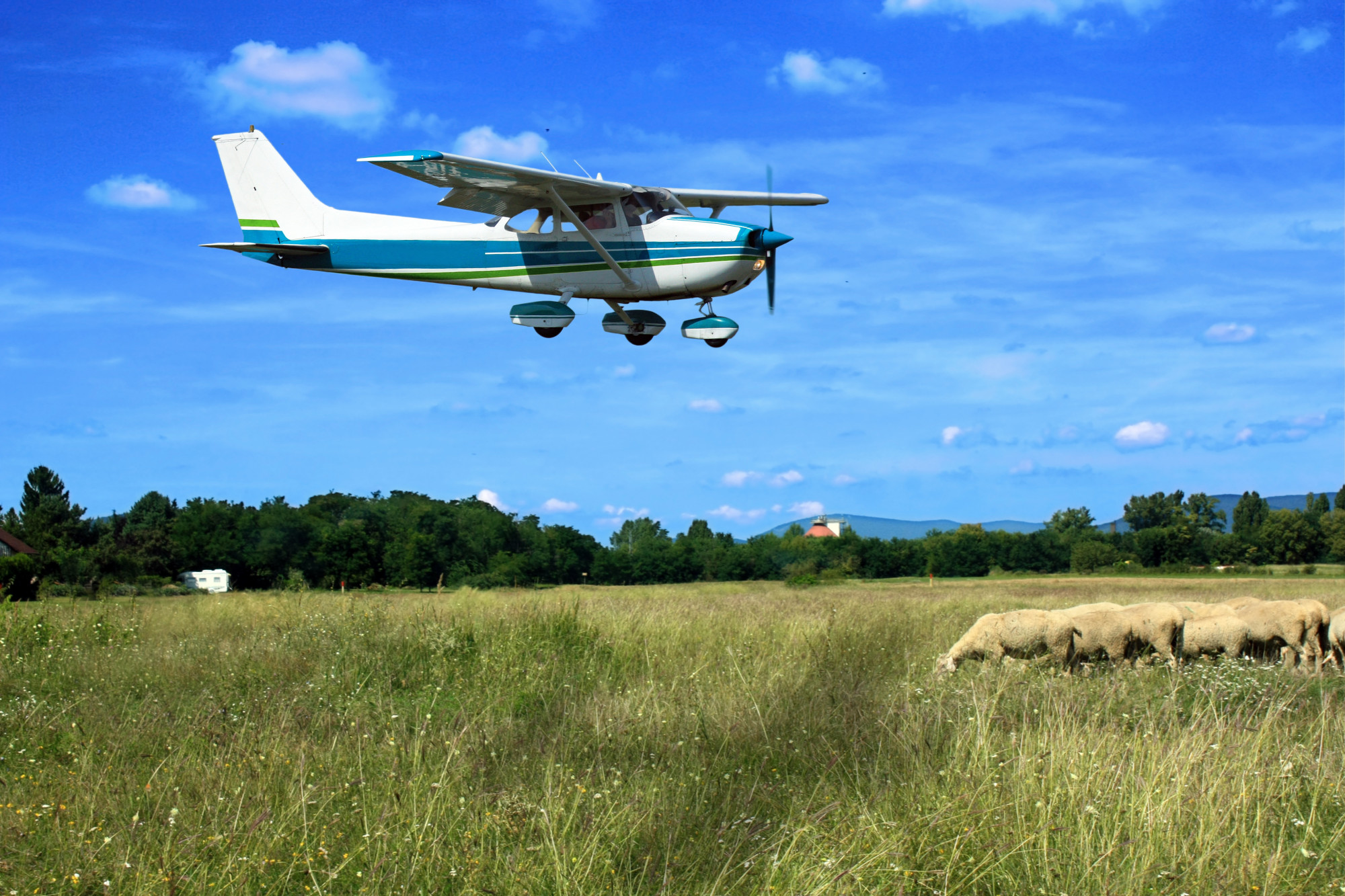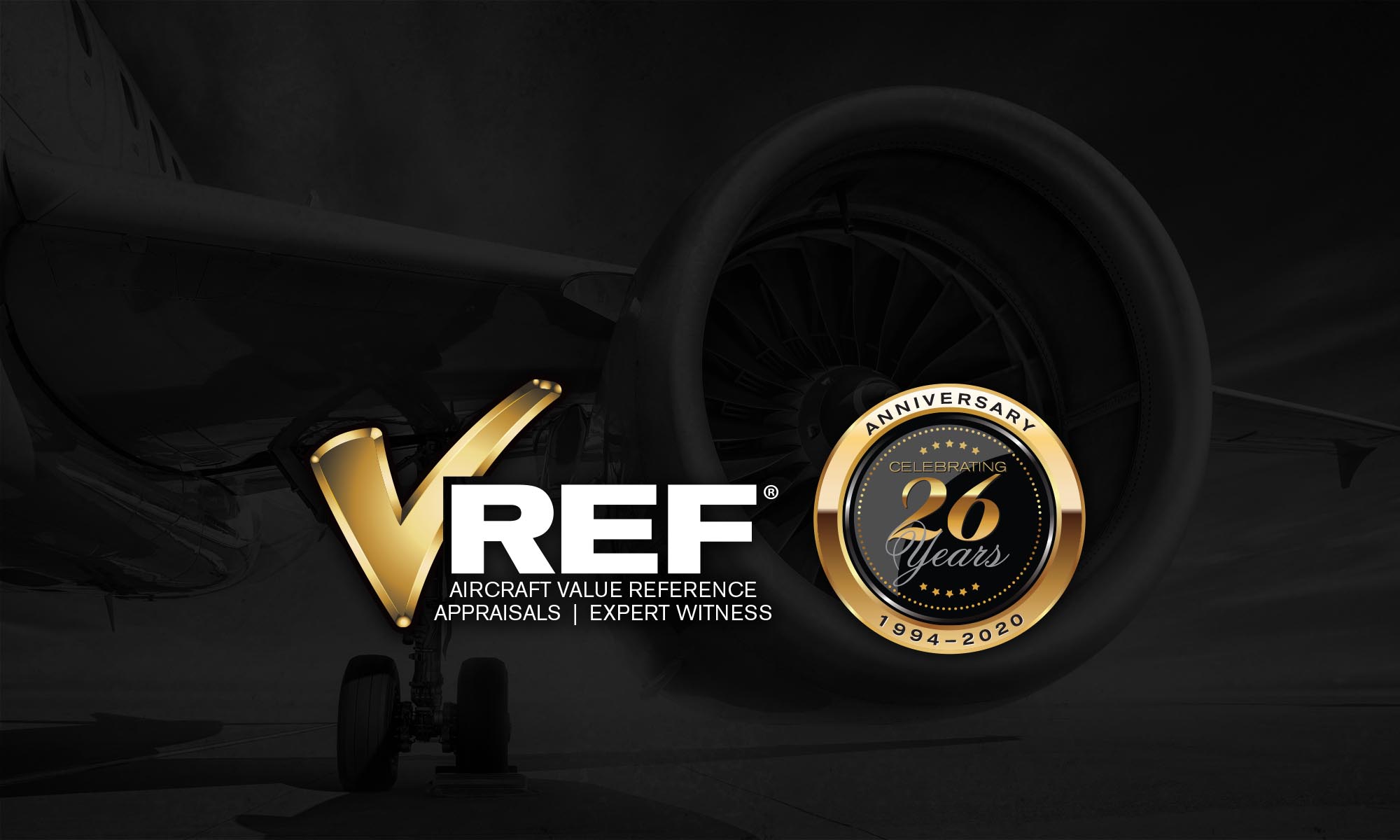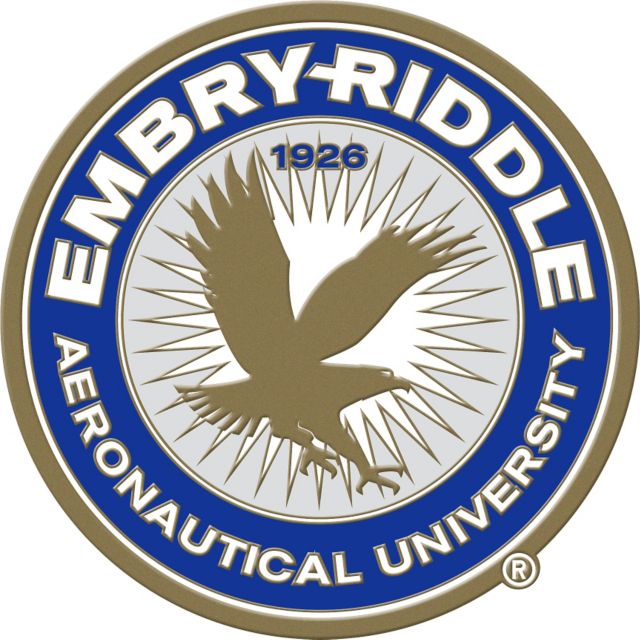Do you find yourself looking longingly to the sky, dreaming of what it would be like to fly? Do you often wonder how fantastic life would be if you had your aircraft?
That dream is possible. But before you head to an aircraft listing website, you have to be certified to fly the right kind of plane. For that, you need a pilot license. One of the best places to learn how to fly or even become an ATP pilot is Embry-Riddle Aeronautical University. Be sure to visit one of their amazing campuses and if you are a student looking for a true college experience that is aviation centric, waste no time in getting enrolled. VREF has numerous staff members that graduated from ERAU, and we are a proud supporter!
Here are four of the most common types of pilot licenses and how you go about obtaining them.
Student Pilot Certificate
A student pilot certificate is the first pilot license you’ll seek. Think of it as a learner’s permit for airplanes.
A student pilot is someone who is learning to fly under the direction of a flight instructor and is permitted to operate alone under limited circumstances. You don’t need a student pilot certificate to start your pilot training, but you will need it if you want to fly solo in the future.
To get this certificate, you are required to be:
- At least 16 years old (you must be at least 14 if you plan to pilot a glider or balloon)
- Capable of reading, writing, and understanding English
To get a student pilot certificate, you’ll complete an application through the Integrated Airman Certification and Rating Application (IACRA) website. Once reviewed, your certificate will be mailed to the address on the application after about three weeks.
Sport Pilot Certificate
After obtaining your student pilot certificate, the next step up the ladder is the sport pilot certificate.
This certificate allows you to fly sport aircraft without the need for a medical certificate from the FAA. It’s also one of the most accessible options for students and interested flyers who want to learn how to fly but don’t have the time or resources for a private pilot certificate.
The FAA developed the sport pilot certificate to cater to this particular group of flyers.
The certificate requires a minimum of 20 hours of training and certifies you to fly light-sport aircraft only. To be eligible for a sport pilot certificate, you must:
- Be at least 17 (you can start training at 16, but you cannot hold a sport pilot certificate until you reach 17)
- Hold a US driver’s license and student pilot certificate, OR an aviation medical certificate and a student pilot certificate
- Be able to read, speak, write, and understand English
- Obtain at least 20 hours of flight time, 15 of which are instructional and five of which are solo flight time
- Pass a written exam and a practical test
Training must include at least two hours of cross-country flight training, ten takeoffs and landings to a full stop, one cross-country flight of at least 75 nautical miles at a minimum of two points and at least one segment of straight-line flight travel for at least 25 nautical miles, two hours of exam training, and ground training.
Recreational Pilot Certificate
The recreational pilot certificate is a relatively new addition, introduced as an alternative to the private pilot and sport pilot certificates.
It still requires fewer hours than the private pilot certificate, making it less expensive than a private pilot certificate. However, it’s a more intensive training process than the sport pilot certificate. Think of it as the halfway point between the two.
It requires a minimum of 30 hours of training. The logic runs that you need less cross-country training than a private pilot since you must remain within 50 nautical miles of your home base unless you have additional endorsements allowing you to take longer flights.
There are additional restrictions as well. Recreational pilots can only carry one passenger in a single-engine aircraft with a maximum of 180 horsepower and four or fewer seats. Also, you can only fly during daylight in good weather and must fly no higher than 10,000 feet unless flying over terrain higher than 10,000 feet.
You can remove some limitations with additional training and a logbook endorsement from a flight instructor.
The requirements are much the same–you need to be at least 15 to begin training and at least 17 to take the practical exam. You must be able to read, speak, write, and understand English. You’ll also need:
- 15 hours of flight training
- 3 hours of solo flight time
- 2 hours of cross-country flight more significant than 25 nautical miles
Once you have the certificate, you must make three takeoffs and landings every 90 days to be allowed to carry passengers.
Private Pilot Certificate
A private pilot certificate has long been the most commonly-sought pilot’s license for years. It remains the most commonly issued pilot license by the FAA.
With a private pilot certificate, you are entrusted to be able to navigate the nation’s airspace on your own. You’ll learn navigation techniques, aircraft maneuvers, cross-country flight planning, and emergency procedures that would allow you to handle an extended flight without assistance.
Because the certificate comes with greater responsibility, the training requirements are much more stringent. To be eligible, you must:
- Be at least 17 (16 to pilot gliders or balloons)
- Be able to read, speak, write, and understand English
- Receive a logbook endorsement from an authorized instructor
- Pass a knowledge test on aeronautical knowledge areas
- Receive flight training and a logbook endorsement from an authorized instructor
- Meet the aeronautical experience requirements for the aircraft rating sought BEFORE applying for the practical test
- Pass a practical test based on aircraft rating sought
- Hold a student pilot certificate, sport pilot certificate, or recreational pilot certificate
You’ll also need to pass an aviation medical exam, which certifies that you are in good enough health to be entrusted flying an aircraft independently.
Beyond Your Pilot License
A pilot license opens up a whole new world right before your eyes. Suddenly, you can see and experience the feeling of navigating your way through the air.
But your experience as a pilot doesn’t end with your license. Quite the opposite–there’s a lot more learning to be done.
Make sure to check out our blog for more great tips, whether you’re a seasoned pilot or fresh recipient of a student pilot certificate. This post on the best pilot podcasts is a great option for beginners and experts alike.






